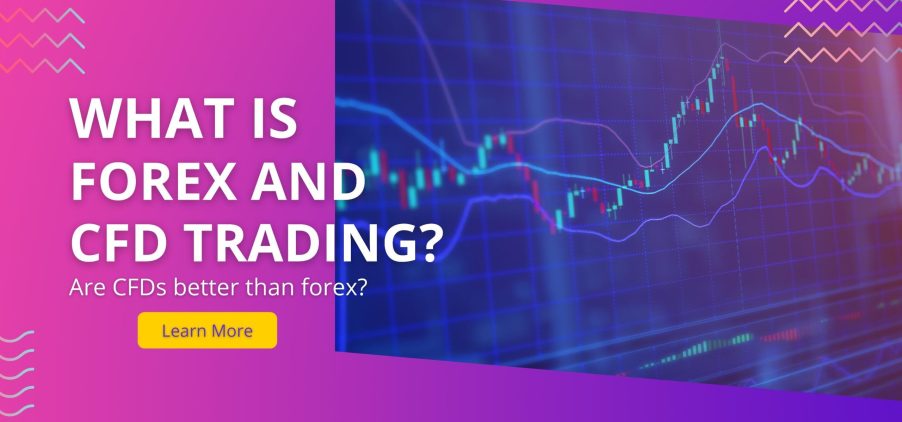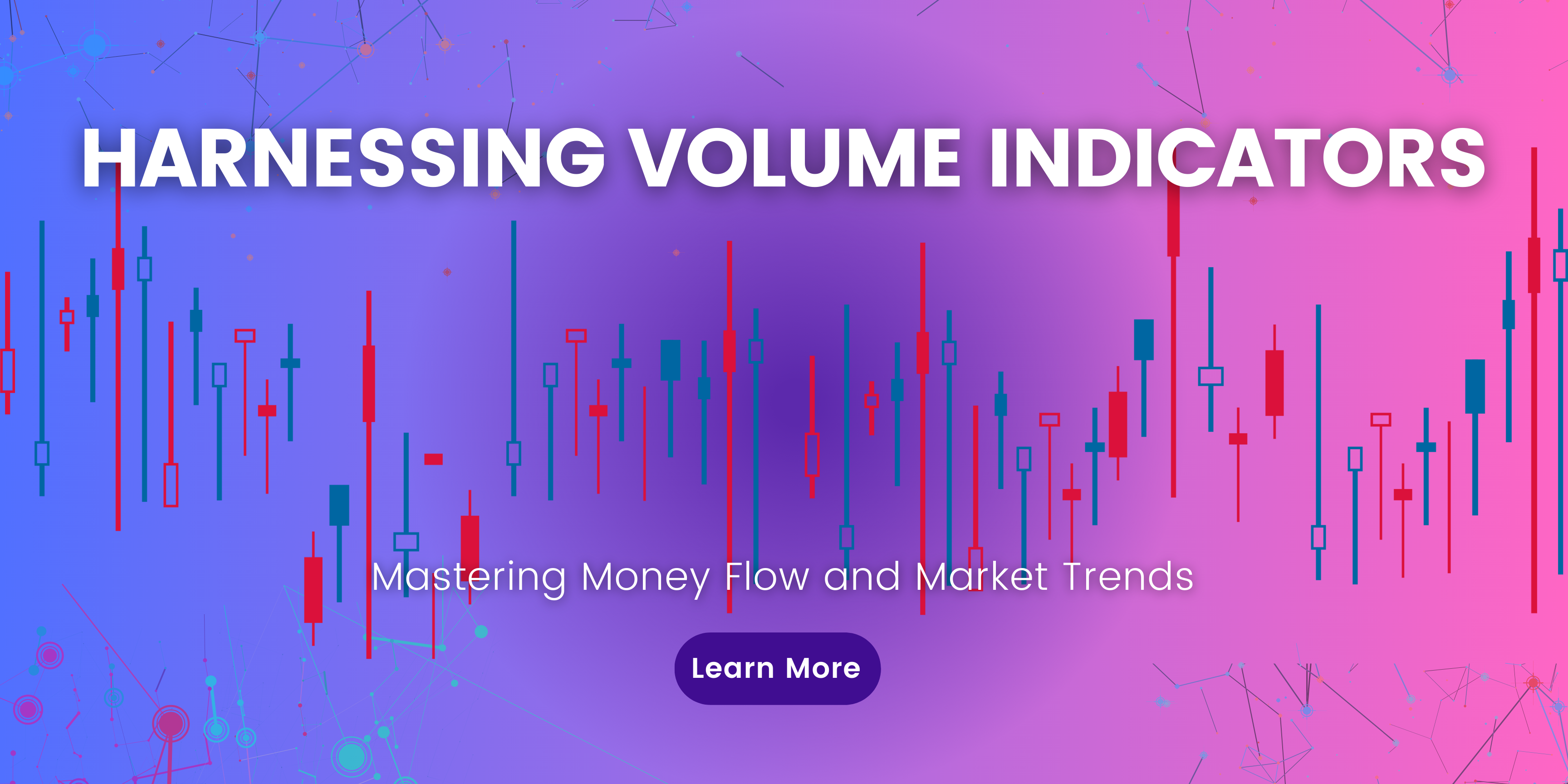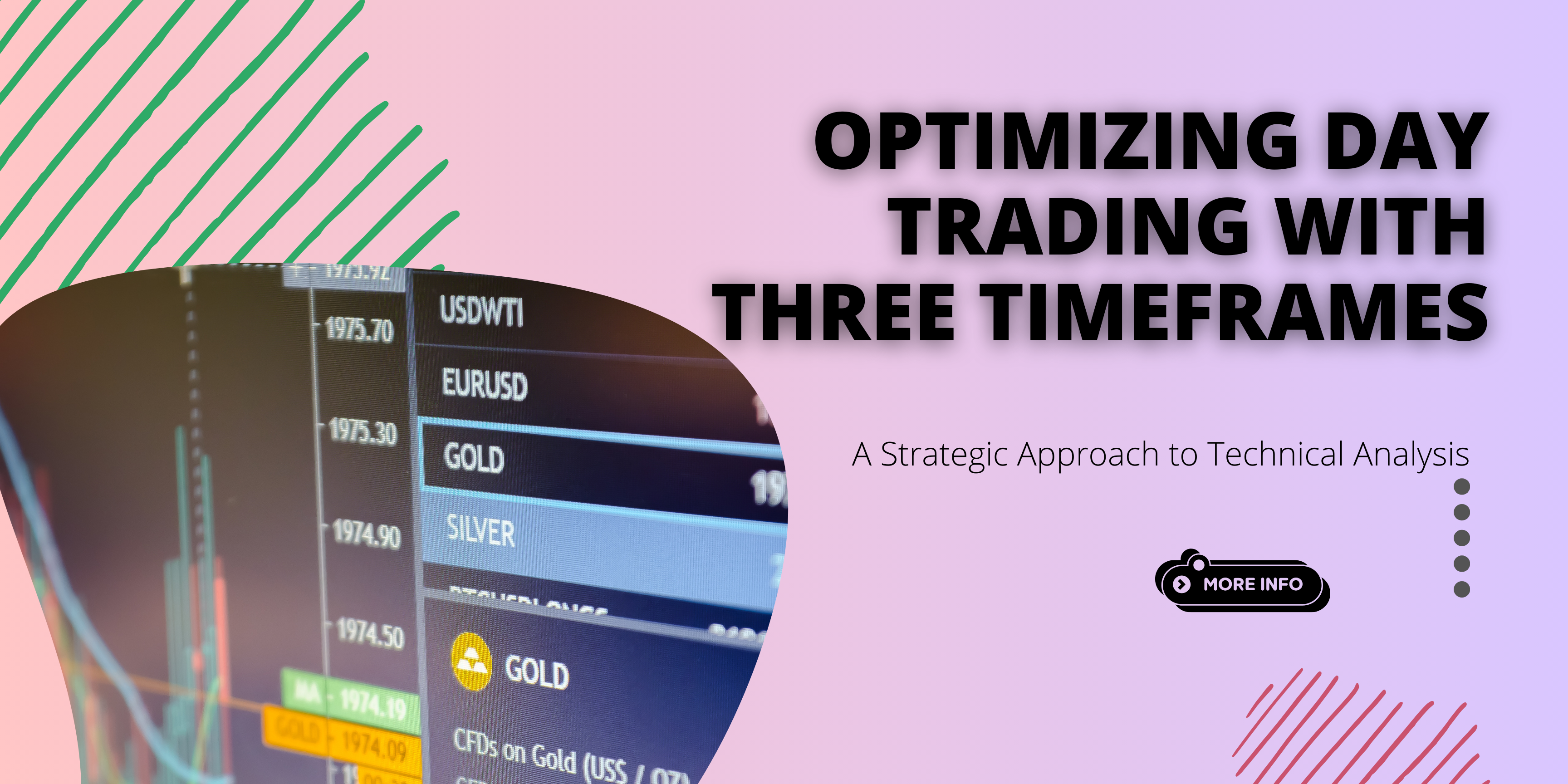What is Forex Trading?Forex trading, also known as foreign exchange trading, is the process of buying and selling currencies on the foreign exchange market. It involves speculating on the price movements of different currency pairs, such as EUR/USD or GBP/JPY. Traders in the forex market aim to profit from these price fluctuations by buying low …
What is Forex and CFD trading? Are CFDs better than Forex?: Part 1 of 2

What is Forex Trading?
Forex trading, also known as foreign exchange trading, is the process of buying and selling currencies on the foreign exchange market. It involves speculating on the price movements of different currency pairs, such as EUR/USD or GBP/JPY. Traders in the forex market aim to profit from these price fluctuations by buying low and selling high. Forex trading offers several advantages, including high liquidity, 24-hour market access, and the ability to trade on leverage. It is a popular investment option for individuals and institutions looking to diversify their portfolios and potentially generate significant returns.
What is CFD trading?
CFD trading, or Contract for Difference trading, is a popular form of financial trading that allows investors to speculate on the price movements of various financial instruments, such as stocks, commodities, indices, and currencies, without actually owning the underlying asset. In CFD trading, traders enter into a contract with a broker, agreeing to exchange the difference in the value of an asset from the time the contract is opened to the time it is closed. This means that traders can profit from both rising and falling markets, as they can take both long and short positions. CFD trading offers several advantages over traditional forex trading, including the ability to trade on margin, access to a wide range of markets, and the flexibility to trade at any time, even outside of regular market hours. However, it is important to note that CFD trading carries a high level of risk and may not be suitable for all investors.
Key differences between forex and CFD trading
Forex and CFD trading are both popular forms of trading in the financial markets. However, there are some key differences between the two. One major difference is that forex trading involves the buying and selling of currencies, while CFD trading allows traders to speculate on the price movements of various financial instruments without actually owning the underlying asset. Another difference is that forex trading is typically done on the foreign exchange market, which is a decentralized market where currencies are traded globally, while CFD trading can be done on various markets such as stocks, commodities, and indices. Additionally, CFD trading often offers leverage, which allows traders to amplify their potential profits or losses, while forex trading also offers leverage but typically at a lower ratio. Overall, the choice between forex and CFD trading depends on individual preferences and trading strategies, as both have their own advantages and disadvantages.
Advantages of Forex Trading
High liquidity
High liquidity is one of the key advantages of forex and CFD trading. With a large number of participants and high trading volumes, the forex and CFD markets offer excellent liquidity, ensuring that traders can enter and exit positions quickly and at the desired price. This liquidity also means that traders can take advantage of narrow spreads, reducing trading costs and maximizing potential profits. Additionally, the high liquidity in these markets reduces the risk of slippage, which is when the execution price differs from the expected price. Overall, the high liquidity in forex and CFD trading provides traders with greater flexibility and efficiency in their trading activities.
Leverage
Leverage is a key aspect of forex and CFD trading. It refers to the ability to control a larger position in the market with a smaller amount of capital. Essentially, leverage allows traders to amplify their potential profits, but it also increases the risk of losses. In forex trading, leverage is typically expressed as a ratio, such as 1:50 or 1:100, which means that for every dollar of capital, traders can control 50 or 100 dollars in the market, respectively. CFDs also offer leverage, allowing traders to open positions with a fraction of the total value of the underlying asset. However, it is important to use leverage responsibly and understand the potential risks involved, as excessive leverage can lead to significant losses.
24-hour market
The forex and CFD trading market is a 24-hour market, which means that it is open for trading at all times, except for weekends. This is one of the key advantages of trading forex and CFDs, as it allows traders to participate in the market at any time that is convenient for them. Unlike other financial markets, such as the stock market, which has specific trading hours, the forex and CFD market operates around the clock. This provides traders with the flexibility to trade whenever they want, whether it’s during the day, night, or even during holidays. The 24-hour nature of the market also means that there are always opportunities for trading, as the market is constantly moving and reacting to various economic and geopolitical events. This makes forex and CFD trading a highly dynamic and exciting market to be a part of.
Advantages of CFD Trading
Diverse range of assets
Forex and CFD trading offer a diverse range of assets for traders to choose from. These assets include currencies, stocks, commodities, and indices, among others. This wide selection allows traders to diversify their portfolios and take advantage of various market opportunities. Whether a trader prefers to focus on forex or CFDs, they can find a multitude of assets to trade, each with its own unique characteristics and potential for profit. With such a diverse range of assets available, traders have the flexibility to adapt their strategies and explore different markets, enhancing their trading experience.
Ability to go long or short
One of the key advantages of both forex and CFD trading is the ability to go long or short. Going long means buying an asset with the expectation that its price will rise, while going short means selling an asset with the expectation that its price will fall. This flexibility allows traders to profit from both rising and falling markets, providing opportunities in any market condition. Whether trading forex or CFDs, the ability to go long or short gives traders the potential to capitalize on market movements and maximize their trading opportunities.
No ownership of underlying asset
In forex trading, traders do not have ownership of the underlying asset they are trading. Instead, they are speculating on the price movements of currency pairs. This means that traders can profit from both rising and falling markets. On the other hand, in CFD trading, traders also do not own the underlying asset but rather enter into a contract with a broker to exchange the difference in the price of the asset between the opening and closing of the contract. This allows traders to speculate on the price movements of various financial instruments without owning them outright. Both forex and CFD trading offer opportunities for traders to profit from market fluctuations, but the choice between the two depends on individual preferences and trading strategies.
Trend Trading Strategy
One of the most popular and effective forex trading strategies is trend trading. This strategy involves identifying the overall trend of a currency pair – whether it is trending up or down – and trading in the direction of that trend. Traders look for technical indicators like moving averages to confirm the trend and only take positions that are in line with the prevailing trend.
The trend trading strategy works well because currencies, like most financial markets, tend to trend in periods of weeks, months or even years at a time. By trading with the trend, you are potentially benefiting from the momentum in the market. It also allows traders to let their winners run for maximum profits.
Range Trading Strategy
In contrast to trend trading, range trading focuses on periods when currencies are trading within defined high and low price levels and not trending strongly in either direction. Range traders identify the support and resistance levels that define the trading range and look to enter and exit trades as the market hits these levels.
Range trading strategies are useful when trends are weak or non-existent. They also help traders avoid large losses that can occur when trading counter to strong trends. The range trading strategy works best when combined with other technical indicators to time entries and exits precisely.
Scalping Strategy
For traders who want to take many small profits throughout the day, scalping strategies are a great option. Scalping involves making many intraday trades, usually holding positions for only a few minutes to a few hours at a time. Traders look for small price moves and use tight stop losses to lock in several small wins.
While each trade only nets a few pips of profit, the goal with scalping is to accumulate those small gains over dozens of trades per day or week. It requires constant monitoring of price action and quick execution. Scalping works best for very liquid currency pairs with tight spreads. Traders need a good understanding of short-term price dynamics and advance candlestick movement principles.
Carry Trade Strategy
One strategy that takes advantage of interest rate differentials is known as the carry trade. In a carry trade, traders borrow currencies with low-interest rates to purchase currencies with higher yields. They benefit from the interest rate spread as well as any appreciation in the high yield currency against the funding currency.
Popular carry trade pairs include AUD/JPY, NZD/JPY and EUR/JPY. This strategy may work best when economic conditions favor high-yielding currencies appreciating against currencies with lower or negative rates. It requires patience to hold positions for weeks or months to benefit fully from the interest rate carry.
Day Trading Strategies
For traders who want to focus only on the forex day trading session between major market opens, there are several effective strategies. News trading strategies involve looking for short-term price moves around scheduled economic data releases. Gap trading strategies aim to profit from gaps left by overnight price action. And momentum trading looks to ride intraday trends and breakouts.
All of these day trading strategies require a strong understanding of short-term price dynamics and the ability to execute trades quickly. They are higher risk but can yield high rewards when the trader has an edge. Day trading also allows traders to avoid overnight or long-term market exposure.
In summary, the best forex trading strategies combine solid risk management, an edge in market behavior, and an approach that suits your schedule and risk tolerance. Trend, range, and carry trade strategies generally offer more consistent results. But scalping and day trading can be highly profitable for experienced traders. Back testing strategies before trading live is also crucial. With the right strategy, traders of all levels can potentially achieve consistent profits in the forex markets.
We hope this article provided you with a good overview of some of the top forex trading strategies that can lead to consistent profits. Let us know if you have any other questions! You may also want to check out the Abbado platform on demo, for a powerful platform and trading tools to implement these strategies.
Consider Spreads and Commissions
For strategies involving many trades like scalping, you’ll want a broker with extremely tight spreads and low or no commissions on trades. Wider spreads and higher fees will eat into your small profits. Platforms like Abbado offer raw spreads as low as 0.1 pips on major pairs, ideal for active traders.
Advanced Charting Tools
Trend, range, and technical analysis-based strategies require robust charting with a variety of studies and indicators. Look for platforms providing customizable charts integrated with 100+ indicators, drawing tools, and alerts like those on the Abbado trading platform. Well-designed charts are key to identifying trading opportunities.
Claudio abbado trading platform, Claudio abbado forex trading, Claudio abbado forex crypto, Claudio abbado bitcoin, Claudio abbado trading exchange








